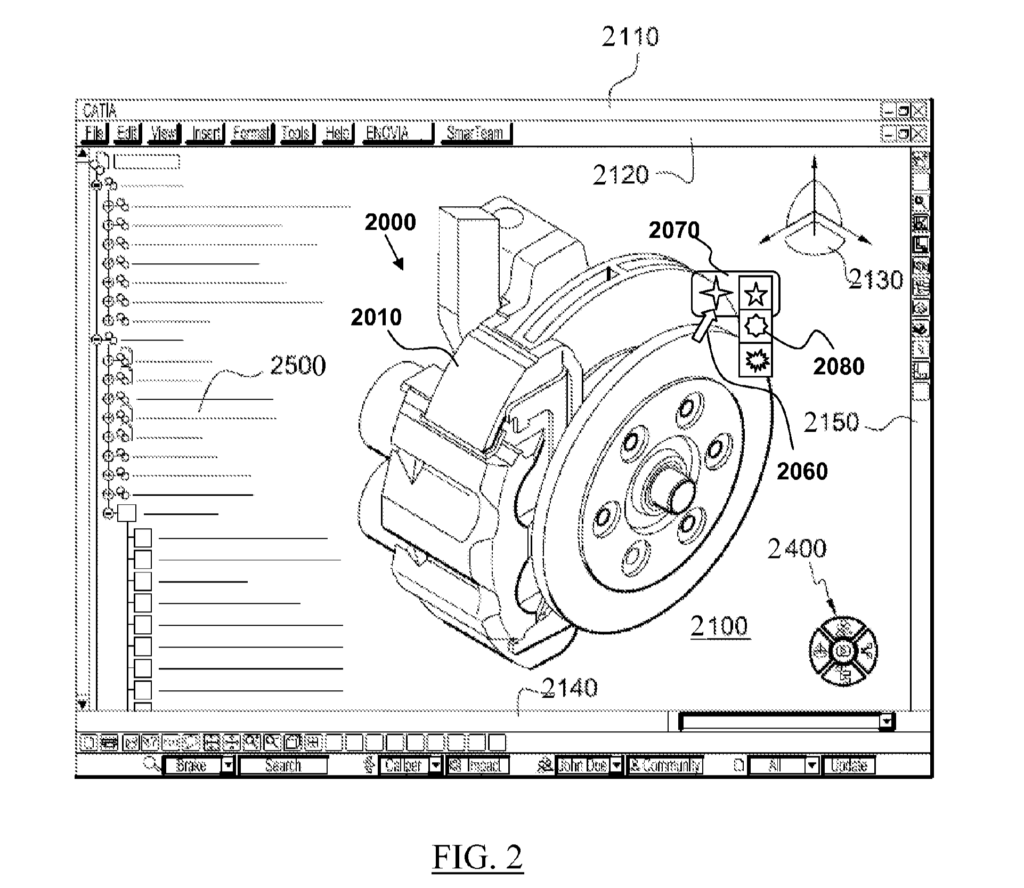The decision relates to an invention relating to designing a geometrical three-dimensional modeled object. The Examining Division considered the inputting a stroke on a screen plane was known, and neither the visualisation nor the repetition of the method steps with user-modified support achieved a further technical effect.
The applicant argued that computing resources were preserved for constructing the 3D-modelled object as GPU could be used for constructing the visualisation. The Board disagreed as the claim did not specify that GPU was used.
However, the Auxiliary Request (amended to indicate that certain steps were performed by the GPU) offloaded specific (simple and repetitive) tasks appropriate for the GPU and thus preserved the computing resources of a CPU or memory. Thus, the Board agreed it was technical.
Here are the practical takeaways from the decision: T 1721/20 (Designing a geometrical three-dimensional modeled object/DASSAULT SYSTÈMES) of March 26, 2024 of the Technical Board of Appeal 3.5.07
Key takeaways
The invention
Typically, a process such as designing a car includes a quick, rough sketch to capture the basic idea and then a more detailed, final drawing based on the sketch. The invention lets you draw and design 3D models directly on your computer without needing paper sketches first, making the process faster and more efficient. This is done by discretising and projecting the stroke into a set of points directly on a support in the three-dimensional scene, as well as constructing and visualising the 3D modelled object from these points and support.

-
Claim 1 of Main Request (feature listing added by the board)
Is it patentable?
The Examining Division considered The Examining Division considered that inputting a stroke on a screen plane was known, and neither the visualisation nor the repetition of the method steps with user-modified support achieved a further technical effect.
